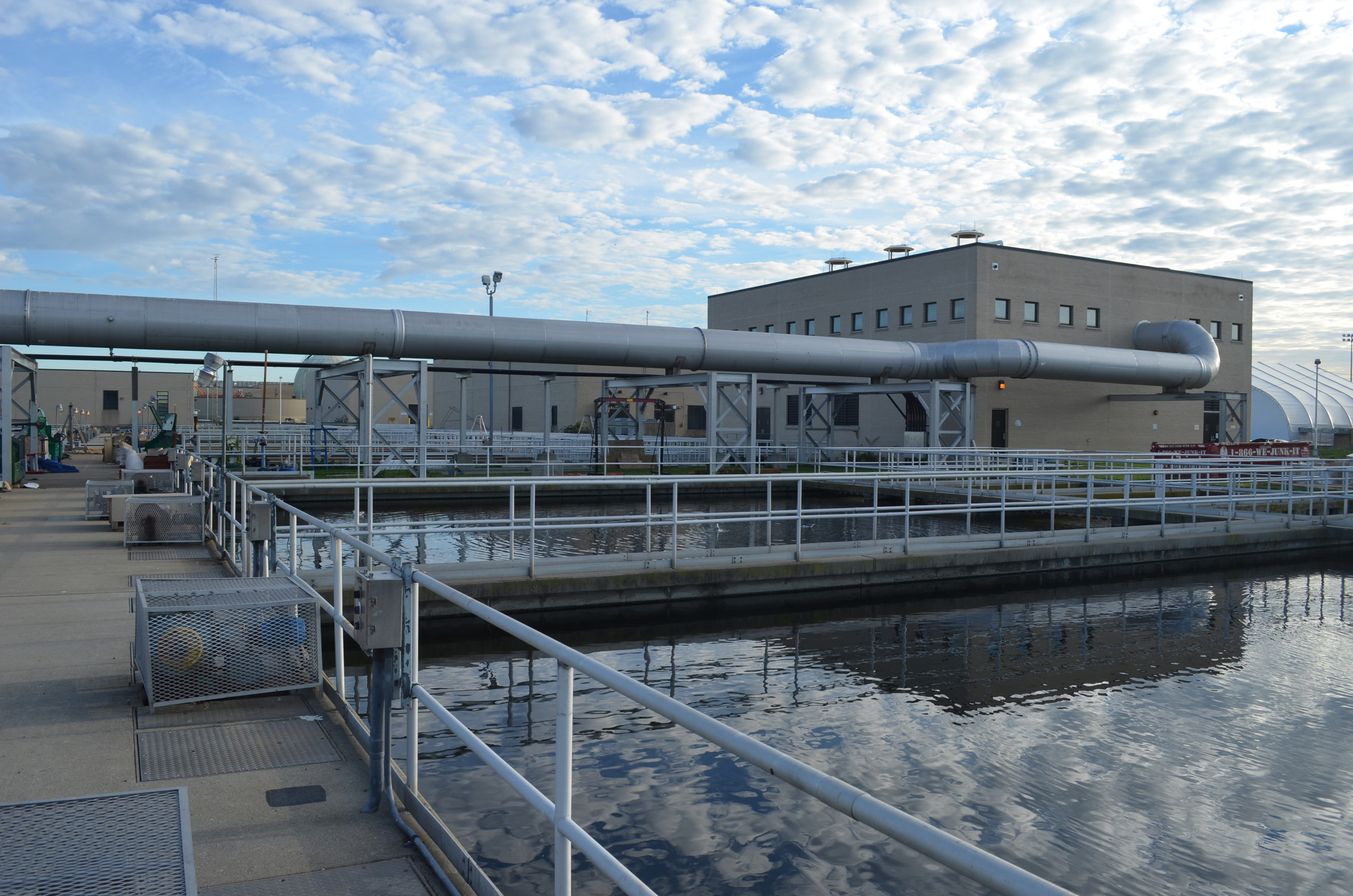Warning about water
Protecting aquifers, treating pollution crucial to life on L.I., speaker says
Read the label on your lawn fertilizer before you put it down.
That was the advice from Matthew Rizzo of the conservation site liwater.org’s Jump In campaign to members of the Baldwin Civic Association last week.
Rizzo painted a grim picture of the status of fresh water on Long Island, warning that nitrogen from fertilizers is entering the local drinking water in many places.
Baldwin, like most places on Long Island, gets its water from the Magothy Aquifer, the middle of the three underground aquifers that supply freshwater to the region. Because the top aquifer, the Upper Glacial, is so polluted, most of the region has had to dig down to the Magothy.
The third aquifer is the 70-million-year-old Lloyd, which contains water that’s about 8,000 years old. Because it’s so deep, accessing the Lloyd is difficult.
In the Five Towns, the wells are no longer using the Magothy; water already is being drawn from the Lloyd, Rizzo said. “We’re going to have to find another way to get water,” he warned.
Pollution from the Bay Park sewage treatment plant in East Rockaway is also affecting water quality on Long Island, Rizzo said.
The plant, built in 1949, treats approximately 50 million gallons of sewage per day — 60 percent of Nassau County’s sewage — and the treated effluent is released into Reynolds Channel.
The facility was out of service for two days after Hurricane Sandy, having been hit with a 9-foot tidal surge, and roughly 100 million gallons of untreated sewage flowed into Hewlett Bay and Reynolds Channel. Another 2.2 billion gallons of partially treated sewage was released during the 44 days it took to fully restore operations. The discharge from Bay Park was the second worst in the Northeast caused by Sandy –– and the worst in New York.
When it was installed, the plant’s outfall pipe was pointed west, so that effluent would flow into the Atlantic and eventually disperse. But because of the tides and the slower-moving water of the channel, treated waste has tended to linger, rather than flowing into the Atlantic.

 45.0°,
Partly Cloudy
45.0°,
Partly Cloudy 




